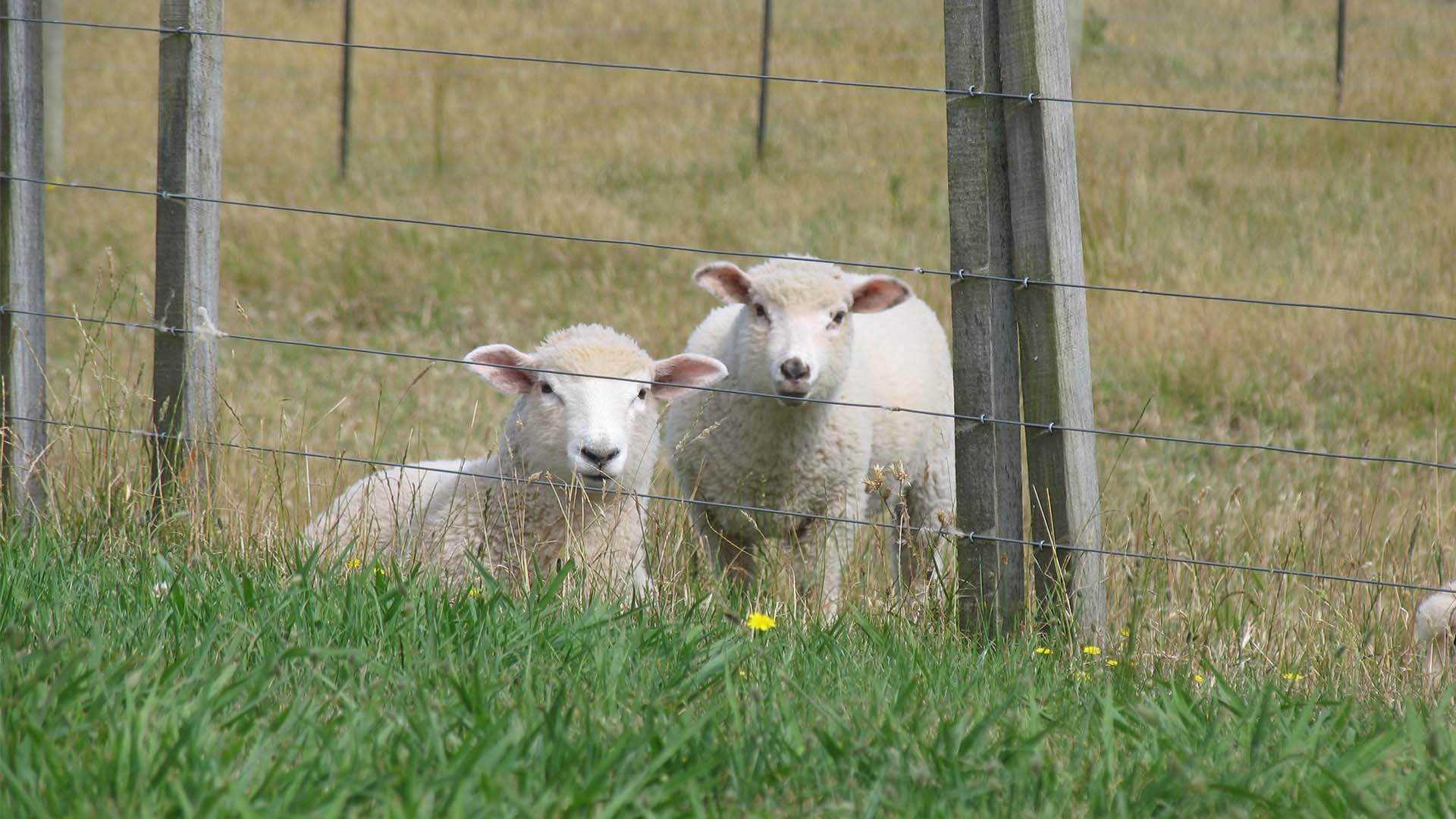
Fencing is an important investment, and one that’s critical to the safety of your horses. The best way to evaluate fencing options is with horse sense—not your own, but that of your horse. Your horse’s sense of sight and touch are the most important senses to consider when comparing horse fence safety.
Sight – Fence Visibility
Horses have limited eyesight, so high visibility is the most important safety factor to consider when choosing your fence. A startled or frightened horse on the run needs to SEE the fence to avoid it. Rigid fences of wood, vinyl or metal are visible if painted in a color that contrasts with the surroundings. The thin wire of traditional electric fence is difficult for horses to see, so horses can easily run into the fence or become entangled. Modern electric fence options like ElectroBraid® are highly visible to horses.
Touch – Fences as Physical and Psychological Barriers
A fence that serves as both a physical barrier and a psychological deterrent is the best choice when it comes to safety. Traditional electric fencing and electric tape fences serve as a psychological deterrent only, while rigid wood, pipe and vinyl fences are a physical barrier only.
Stopping Jumping and Running
Horse fencing must be tall enough to prevent jumping – a minimum of 4.5 to 5 feet. The top of any fence should be at least as high as the withers of the tallest horse in the field, while the bottom should be no more than 1 foot off the ground. In addition, your fence must be strong enough to repel a running horse, yet flexible or resilient enough to prevent injury. The most frequent cause of serious horse injuries is collision with a rigid fence. At full gallop, a horse can crack or break wood and other rigid fencing, potentially causing scratching and puncture wounds. Traditional electric fencing and electrical horse tape does not absorb impact. However, a properly tensioned ElectroBraid® fence stretches if a horse collides with it, and usually bounces the horse back into the enclosure without damage to horse or fence.
The Grass is Always Greener…
You’ve seen it – horses going through all sorts of contortions to reach something tasty on the other side of the fence. They’ll try stretching under, over or around the fence to get what they want. Or, if you—or your neighbors—have a mare, stallions will look for any way to reach them. Fence openings between boards, rails or wires must be small enough to prevent a horse from putting their head or hooves through.
Prevent Troublesome Behavior
Do you have horses that run the fence, lean on the fence or chew on it (also called cribbing)? This behavior can injure horses and also damage the fence. To prevent injury to your horses, it’s important your fence has no sharp points, hard edges or projections like nail heads or wire. Horses can also damage fence with their weight. If a horse leans on or gets pushed into rigid fence, it can easily bend or crack wood or vinyl fence components.
Psychological Deterrence for Horses
A fence that is a psychological deterrent causes horses to AVOID the fence. Electric fences provide a brief but painful shock whenever a horse contacts it. Usually one encounter is all it takes for your horse to respect the fence. Using an electric fence effectively eliminates nuisance problems like cribbing, rubbing and leaning. Electric fence is also a good way to protect an existing fence. If you’ve already invested in a rigid wood or vinyl fence, consider supplementing it with electricity to add psychological deterrence. Add one or two lines of electric fence like ElectroBraid® at or above the top fence rail. There are many factors to consider when choosing a fencing system for your horses –aesthetics, costs and maintenance included, but the safety and health of your horses should always come first.



